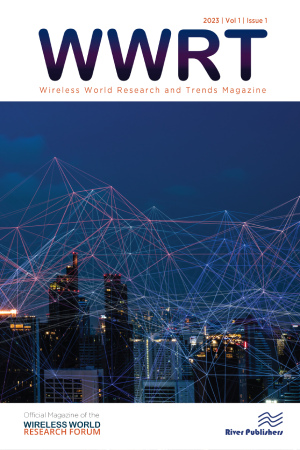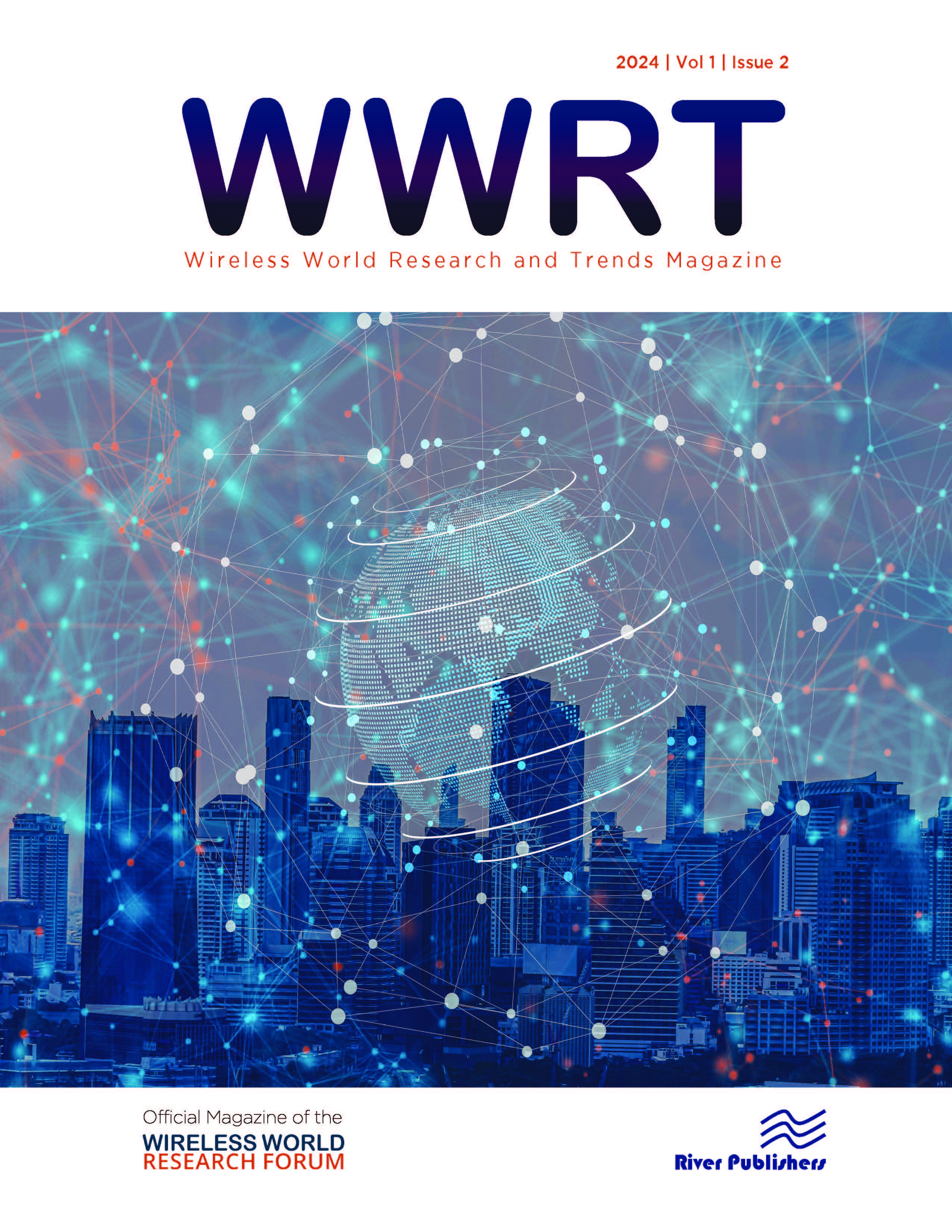Current Issue
Scope of Wireless World: Research and Trends
Wireless networks and systems are constantly evolving due to the ongoing development of new technologies and software platforms across the entire eco-system. These include 5G (NR) and beyond wireless technologies, artificial intelligence (AI), machine learning (ML), data science, cloud, edge computing and intelligence, the integration of sensing and communication, reconfigurable intelligent surfaces (RIS) and holographic radio, management automation, network slicing, virtualization, super high-speed transmission on the air and high altitude platforms, just to mention a few. Security, privacy and trustworthiness are expected to be embedded in multiple layers and domains.
Articles
Aims & Scope
 Wireless networks and systems are constantly evolving due to the ongoing development of new technologies and software platforms across the entire eco-system. These include 5G (NR) and beyond wireless technologies, artificial intelligence (AI), machine learning (ML), data science, cloud, edge computing and intelligence, the integration of sensing and communication, reconfigurable intelligent surfaces (RIS) and holographic radio, management automation, network slicing, virtualization, super high-speed transmission on the air and high altitude platforms, just to mention a few. Security, privacy and trustworthiness are expected to be embedded in multiple layers and domains.
Wireless networks and systems are constantly evolving due to the ongoing development of new technologies and software platforms across the entire eco-system. These include 5G (NR) and beyond wireless technologies, artificial intelligence (AI), machine learning (ML), data science, cloud, edge computing and intelligence, the integration of sensing and communication, reconfigurable intelligent surfaces (RIS) and holographic radio, management automation, network slicing, virtualization, super high-speed transmission on the air and high altitude platforms, just to mention a few. Security, privacy and trustworthiness are expected to be embedded in multiple layers and domains.
Additionally, novel applications and services are poised to transform society in the years ahead. These societal changes will impact how we live, how we work and how we include sustainability in our design and take care of our planet. All these aspects are becoming equally important for adoption and inclusion in coming technical standards. The aggregate impact of all of the above is the realization of systems that are intelligent, resilient, sustainable, and self-learning.
The WWRF Magazine [Wireless World: Research and Trends] is launched with all these ongoing and future trends in mind and is designed to drive the techno-economic and social considerations going forward. The Magazine is open access and welcomes articles, columns, standards update, regulatory and policy matters, and novel business models with potential to further improve the communications eco-systems. Authors will include both members and non-members of the Wireless World Research Forum (WWRF). Many of the papers published will be based on the best contributions to WWRF meetings. Since the Magazine is intended to be read by a diversity of readers, submissions of the technical articles should avoid, or carefully explain, mathematical equations, and deep research of an academic nature, for the benefit of interested readers together with comprehensive references. A typical article should not exceed about 5000 words, 10 figures and tables, 10 mathematical equations, and 20 references.


